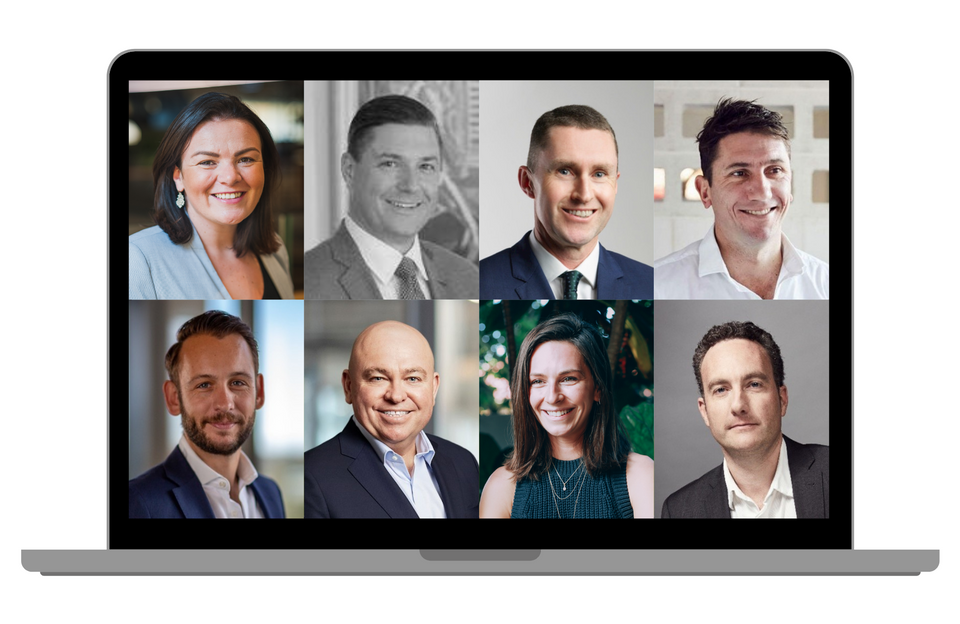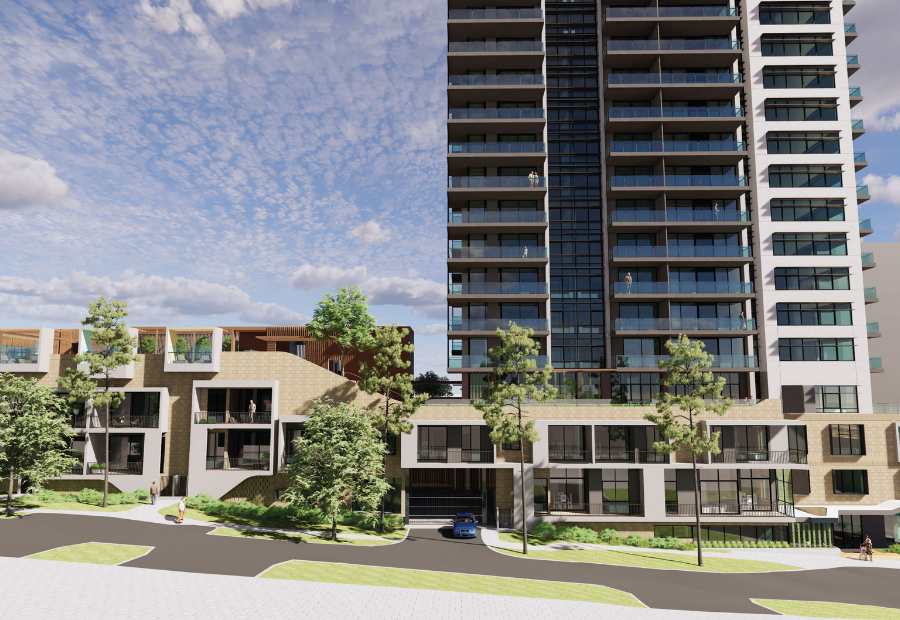Resources
Newsletter
Stay up to date and with the latest news, projects, deals and features.
SubscribeBillions of investment dollars from around the world are already being poured into Australia’s burgeoning build-to-rent sector but the real flood is still coming for the new kid on the property block.
New York-based Michael Streicker, the president of US build-to-rent giant Sentinel Real Estate, said the future potential of the asset class in Australia was “highly regarded”.
Streicker, who will take part in The Urban Developer’s Build-to-Rent vSummit on August 26, is confident of the continued growth of Australia as a key market for the expansion of the asset class.
And he said the benefits of the emergence of the institutionally owned and managed rental communities—in particular, as the road to recovery from the Covid pandemic opens up—will be widespread for the Australian economy.
Well-established in the US for several decades, build-to-rent, also known overseas as “multi-family”, is the top target investment asset class ahead of office and industrial. The latest US figures for the second quarter show its investment sales volume accelerated to $52.7 billion, a record surge of almost 240 per cent year-on-year.

Join us for a one-day virtual summit dedicated the build-to-rent sector in Australia on August 26. Click here.
“The underlying drivers of demand for housing will re-emerge in the coming years as immigration resumes and renters’ expectations for premium product, amenity and service come to the fore,” Streicker said.
“We’re looking ahead three to four years, anticipating the demands of the market and building a strong development pipeline to support this perspective in key markets such as Melbourne, Sydney, Brisbane, and Perth, with a projected $1-billion investment in the Australian build-to-rent market in the next four years.”

Sentinel’s maiden development in Perth—the 93-apartment first phase of its flagship Element 27 project in Subiaco—claimed the title of Australia’s first purpose-built, institutional-grade build-to-rent project.
It also has build-to-rent projects under way in Perth’s beachside suburb of Scarborough and West Melbourne in Victoria.
“The build-to-rent market in Australia is in its early stages, however, this space is a highly regarded emerging asset class,” Streicker said.
“We believe key to the success of the property type will be the continued education of stakeholders across the country into the benefits of institutionally owned and managed rental communities.
“A primary goal is to educate government on not only the positive social and environmental impacts the sector can have on the housing industry, but also the overall benefit that the build-to-rent sector will offer to the construction industry and the Australian economy.”
In The Urban Developer’s recent online build-to-rent masterclass, Qualitas senior director Mark Power said that with more than 50 projects in the pipeline, build-to-rent continues to gain traction and by end of 2024 it is forecast there will be 18,500 purpose-built build-to-rent apartments in the Australian market.
“Larger offshore institutions are coming into Australia notwithstanding the difficulties and additional impost from a taxation point of view,” he said.
“They’re coming in because the numbers actually work and the returns are pretty solid.”
CBRE’s residential investment lead valuer. Steph Harper said the institutional groups coming in know the value of build-to-rent and they also understand the asset class might not necessarily stack at day one.
“They know about the constraints of supply coming through, they know about the rental growth, they know about the yield compression and that’s where the opportunity lies to get in first.”